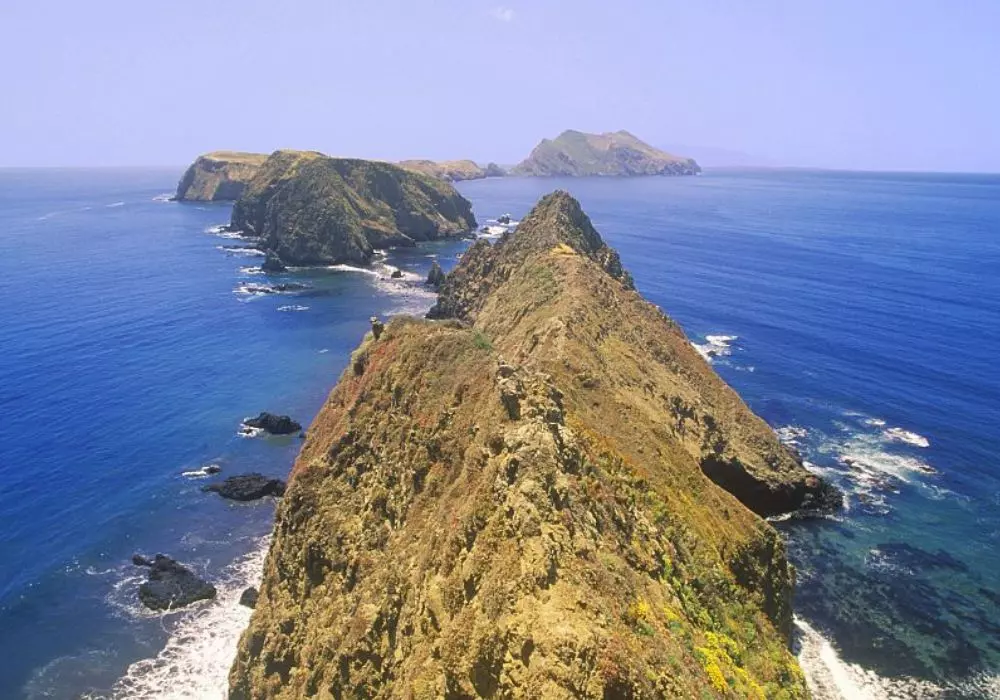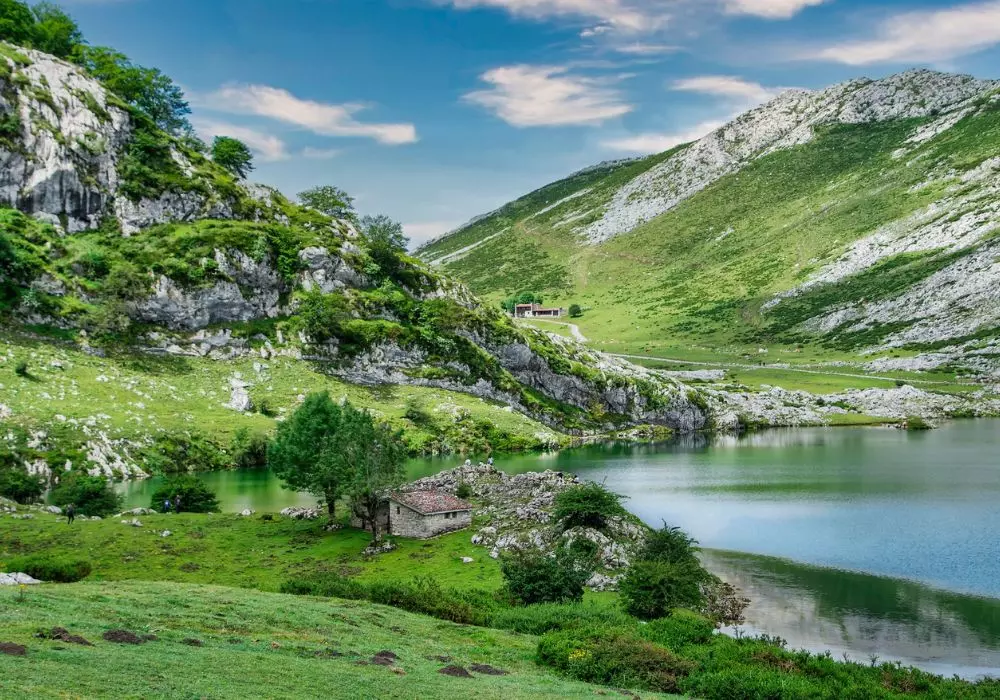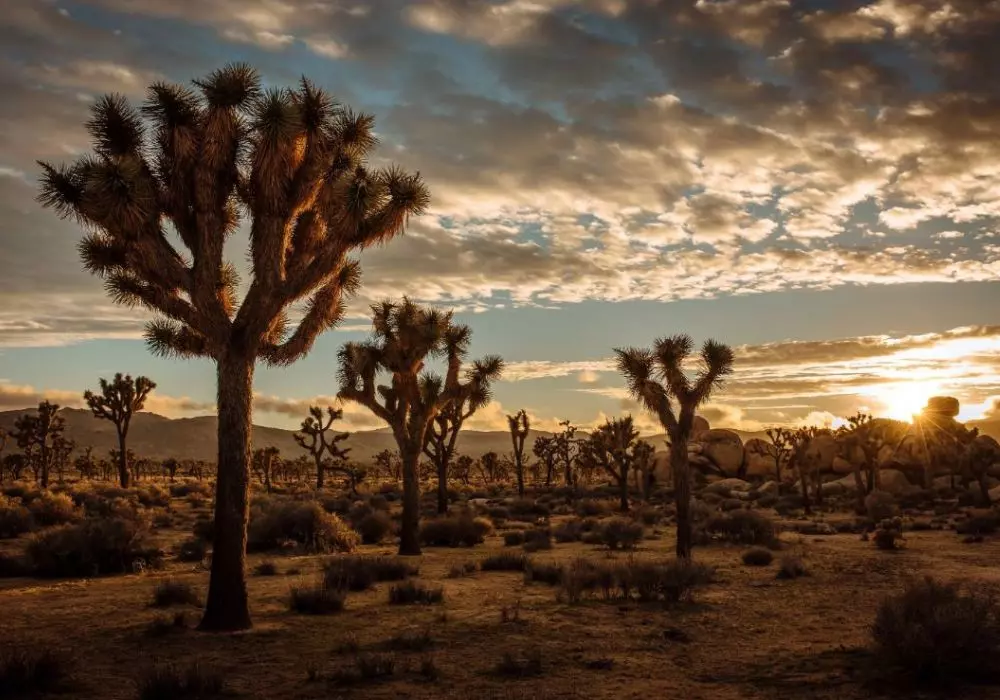Nestled off the southern coast of California, Channel Islands National Park is a unique and breathtaking destination that comprises five remarkable islands Anacapa, Santa Cruz, Santa Rosa, San Miguel, and Santa Barbara.
Known for their stunning landscapes, diverse ecosystems, and rich cultural history, the islands offer a glimpse into a world largely untouched by modern civilization.
Designated as a national park in 1980, Channel Islands National Park protects a fragile environment that is home to numerous endemic species and a wide range of recreational activities.
This comprehensive overview will explore the park’s history, geology, ecology, recreational opportunities, and conservation efforts that make Channel Islands National Park a treasured gem of the Pacific.
Historical Context
Indigenous Heritage
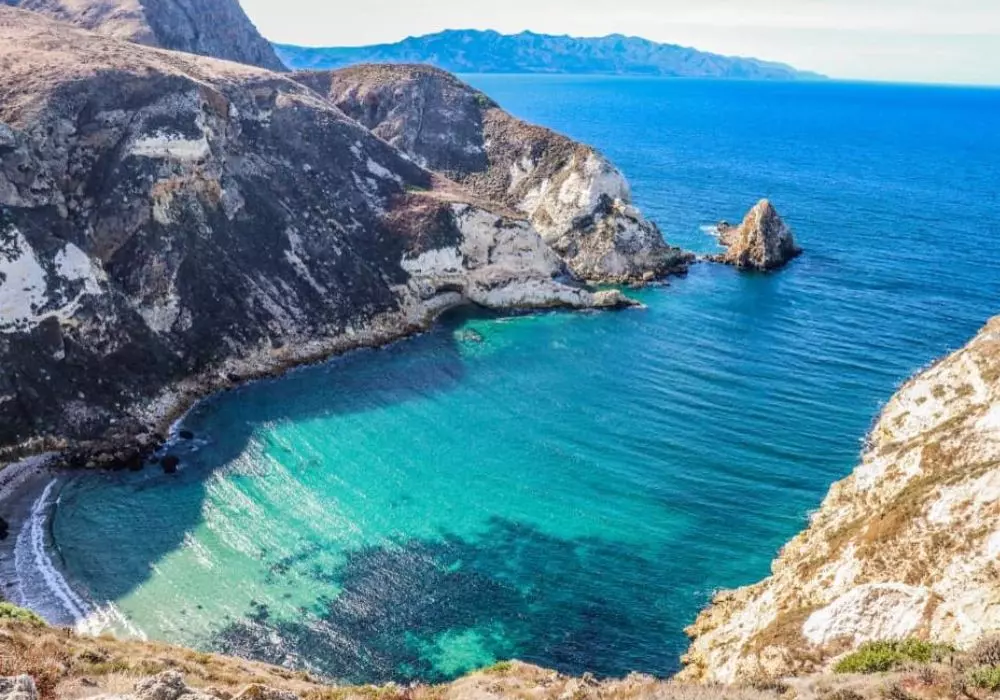

Long before European contact, the Channel Islands were inhabited by the Chumash and Tongva people.
These indigenous communities thrived on the islands, utilizing the rich marine resources and diverse landscapes to support their livelihoods.
The Chumash, in particular, are known for their remarkable skills in navigation, fishing, and crafting, using the ocean’s bounty for food, tools, and ceremonial purposes.
Archaeological evidence suggests that the Chumash had a sophisticated culture with a deep spiritual connection to the land and sea.
Rock art and ceremonial sites found on the islands provide insight into their rich history, rituals, and way of life.
European Exploration and Settlement: In the late 18th century, European explorers, led by figures such as Juan Rodríguez Cabrillo, began to chart the coast of California, including the Channel Islands.
The arrival of Spanish missionaries in the 19th century marked a significant change for the indigenous populations, leading to the introduction of new technologies and religions, as well as devastating diseases that greatly affected their communities.
In the 19th century, the islands became centers for ranching and agriculture, with European settlers establishing homesteads and farms.
This period of settlement led to environmental changes, as invasive species were introduced and native habitats were altered.
Establishment of the National Park: Despite the impacts of colonization, the unique natural and cultural heritage of the Channel Islands captured the attention of conservationists and naturalists.
In 1938, the islands were designated as a national monument, providing some protection for their natural resources.
However, it wasn’t until 1980 that Channel Islands National Park was officially established, solidifying the commitment to preserving these remarkable ecosystems for future generations.
Geological Features
Formation of the Islands
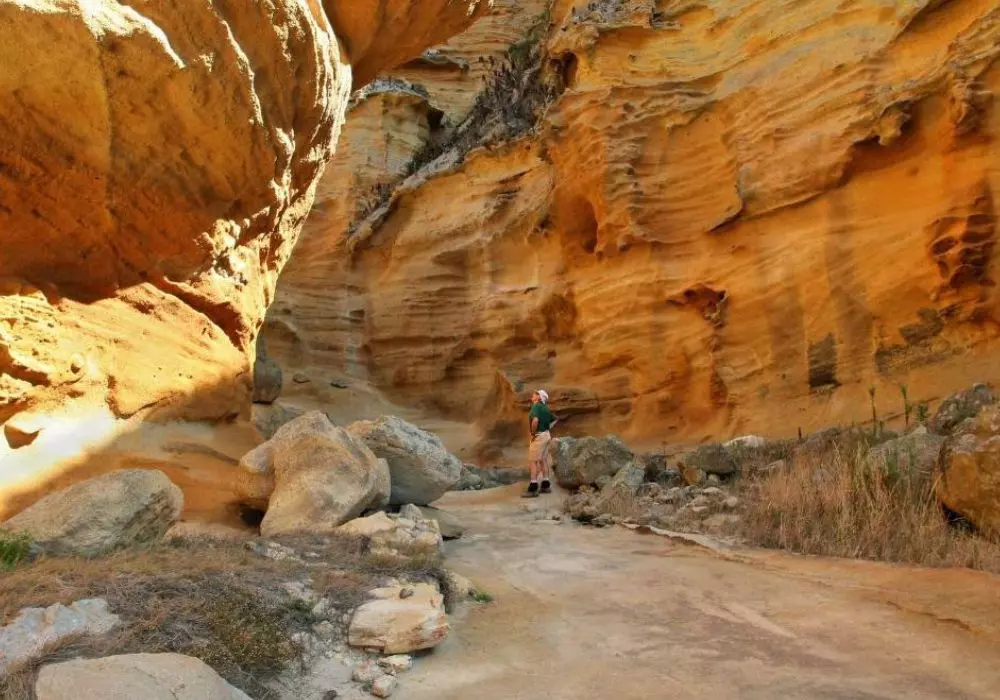

The Channel Islands are the result of complex geological processes that have occurred over millions of years.
Formed by volcanic activity and tectonic forces, the islands represent the rugged remnants of a landmass that once connected to the mainland.
The unique geological history of the islands has led to diverse landscapes, including steep cliffs, rolling hills, and sandy beaches.
Each island has its distinct geological characteristics.
For instance, Santa Cruz Island is the largest and features rugged terrain with impressive sea cliffs, while Anacapa Island is known for its dramatic sea stacks and arches.
Marine Geology
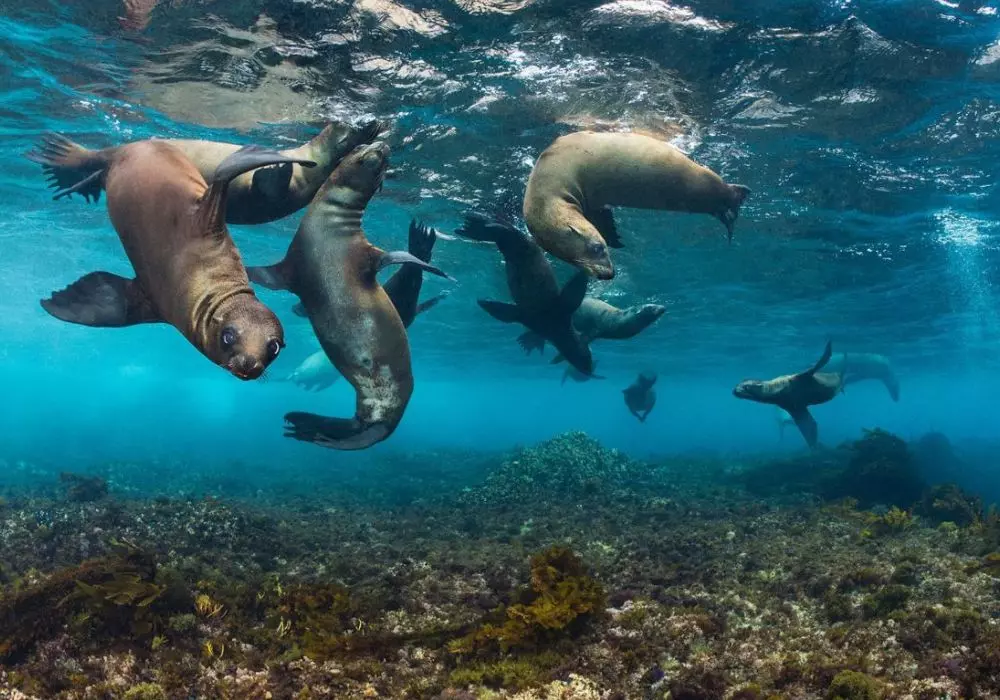

The surrounding waters of the Channel Islands are just as intriguing as the islands themselves.
The underwater topography includes deep channels, rocky reefs, and kelp forests, creating rich habitats for marine life.
The Channel Islands National Marine Sanctuary, established in 1980, protects these vital marine ecosystems, which are critical for the survival of various fish, mammals, and other marine organisms.
The interaction of geological features with ocean currents creates a dynamic environment that supports an incredible diversity of marine life.
The nutrient-rich waters provide sustenance for a variety of species, including sea otters, dolphins, and an array of fish.
Flora and Fauna
Unique Ecosystems


Channel Islands National Park is home to a variety of unique ecosystems that support an impressive array of plant and animal species.
The islands’ isolation has led to the development of many endemic species—organisms found nowhere else on Earth.
Coastal Sage Scrub: This ecosystem, prevalent on the islands, consists of drought-resistant shrubs and herbs adapted to the dry conditions.
Plants such as California sagebrush, buckwheat, and various wildflowers thrive in this environment, providing food and shelter for numerous wildlife species.
Grasslands: Coastal grasslands are another vital ecosystem within the park.
These open areas are home to grasses, wildflowers, and small mammals, which provide essential habitats for birds and other wildlife.
Riparian Zones: Near freshwater sources, riparian habitats support diverse plant life, including willows and rushes.
These areas are crucial for wildlife, providing drinking water and shelter.
Biodiversity
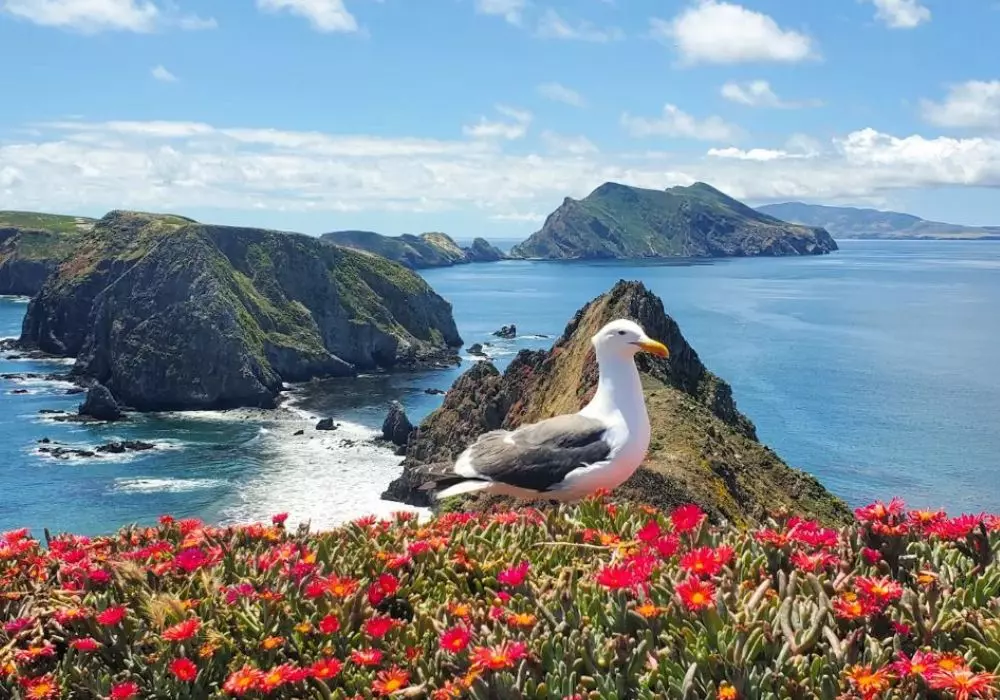

The biodiversity of Channel Islands National Park is staggering, with over 2,000 species of plants and animals documented, many of which are endemic.
The islands provide critical habitats for a variety of wildlife.
Birds: The park is a birdwatcher’s paradise, hosting more than 400 species of birds.
The islands serve as important nesting sites for seabirds, including the California gull and the island scrub jay.
The islands also provide vital stopover points for migratory birds along the Pacific Flyway.
Marine Mammals: The waters surrounding the islands are home to a variety of marine mammals, including California sea lions, harbor seals, and gray whales.
The park is a prime location for whale watching during migration seasons.
Land Mammals: The islands also support a variety of land mammals, including the endangered Channel Island fox.
This small fox species is a prime example of successful conservation efforts, as its population was once critically low but has since rebounded due to focused recovery programs.
Invertebrates: The marine ecosystems are teeming with invertebrate life, including sea urchins, starfish, and various species of crabs.
The rich biodiversity of these marine habitats contributes to the overall health of the ecosystem.
Recreational Opportunities
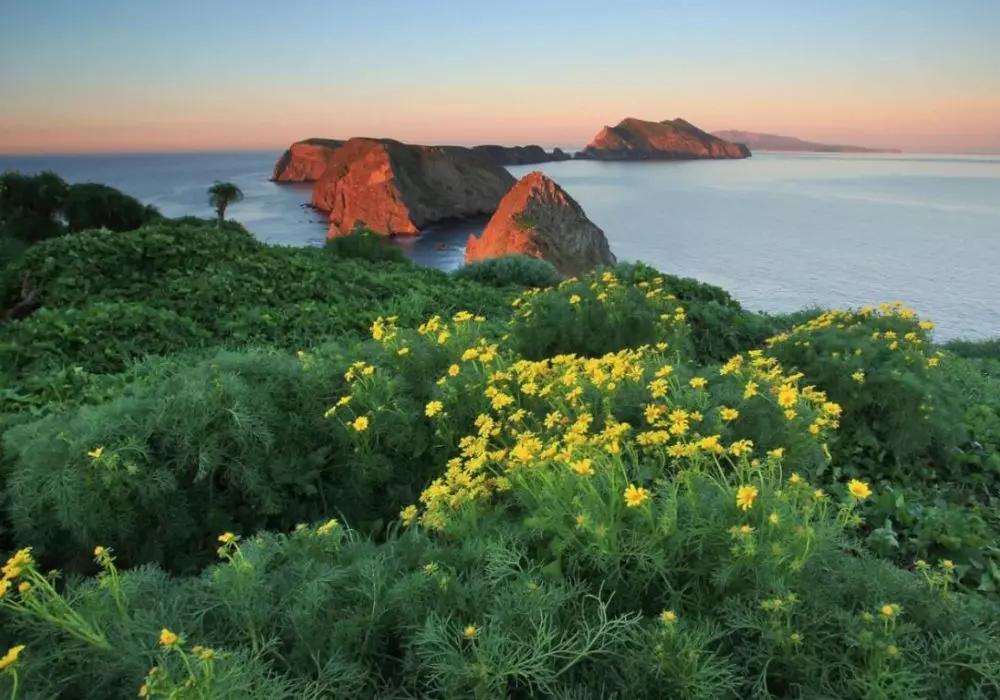

Channel Islands National Park offers a myriad of recreational activities, providing visitors with the opportunity to explore its stunning landscapes and diverse ecosystems.
Hiking: With over 50 miles of hiking trails across the five islands, Channel Islands National Park is a hiker’s paradise.
The trails vary in difficulty, offering options for all skill levels. Some popular hikes include:
Cavern Point Loop Trail (Anacapa Island): This easy trail offers stunning views of the ocean and nearby islands, making it a great option for families.
The trail provides access to the iconic Anacapa Island Lighthouse and opportunities for wildlife viewing.
Scorpion Canyon Trail (Santa Cruz Island): This moderately challenging trail takes hikers through lush vegetation and offers breathtaking views of the coastline and surrounding waters.
Along the way, hikers may encounter diverse wildlife and unique plant species.
Santa Rosa Island Loop Trail: This more strenuous hike takes visitors through varied terrain, including grasslands and coastal scrub.
Hikers are rewarded with panoramic views of the island and the Pacific Ocean.
Kayaking and Snorkeling
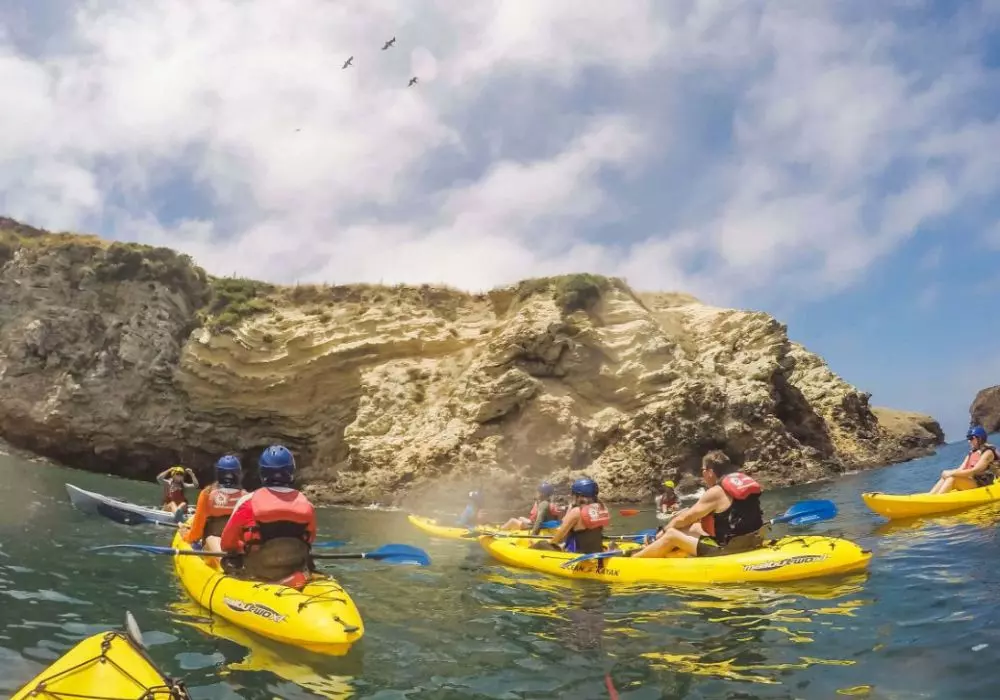

The crystal-clear waters surrounding the Channel Islands provide ideal conditions for kayaking and snorkeling.
Visitors can explore sea caves, kelp forests, and secluded beaches while enjoying the vibrant marine life below.
Kayaking: Guided kayak tours are available, allowing visitors to paddle along the stunning coastline and observe marine wildlife, such as sea lions and dolphins.
Kayaking provides a unique perspective on the islands and their geological features.
Snorkeling: The park’s underwater ecosystems are rich with marine life, making snorkeling a popular activity.
Visitors can discover colorful fish, sea urchins, and kelp forests while floating in the calm waters. Equipment rentals and guided tours are often available.
Whale Watching
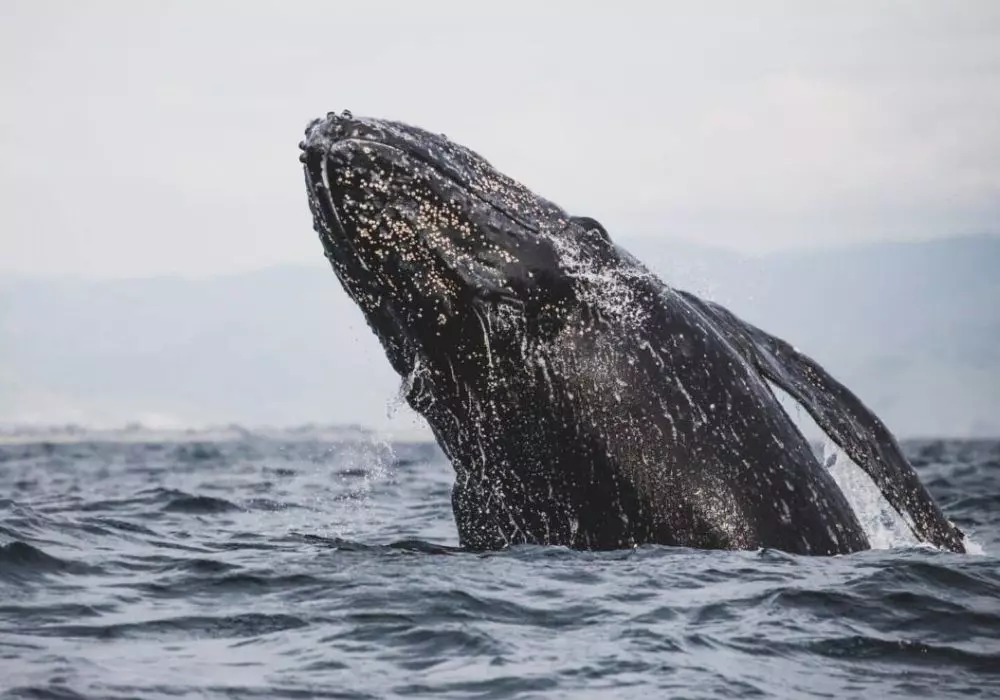

Channel Islands National Park is an excellent location for whale watching, particularly during migration seasons.
Gray whales can often be seen migrating between their breeding grounds in Mexico and feeding areas in Alaska from late December to April.
Humpback whales and orcas may also be spotted during their respective migration periods.
Various boat tours offer guided whale watching experiences, providing an opportunity to witness these magnificent creatures up close while learning about their behavior and habitat.
Camping: For those looking to immerse themselves in the natural beauty of Channel Islands National Park, camping is a fantastic option.
The park offers several campgrounds on Santa Cruz and Santa Rosa Islands, allowing visitors to experience the tranquil surroundings.
Scorpion Campground (Santa Cruz Island): Located near Scorpion Anchorage, this campground features amenities such as restrooms and picnic tables.
Campers can enjoy easy access to hiking trails and the beach.
Water Canyon Campground (Santa Rosa Island): This more remote campground offers a peaceful setting surrounded by nature.
It provides opportunities for hiking, wildlife viewing, and solitude.
Reservations for campgrounds are recommended, as they can fill up quickly during peak seasons.
Conservation Efforts
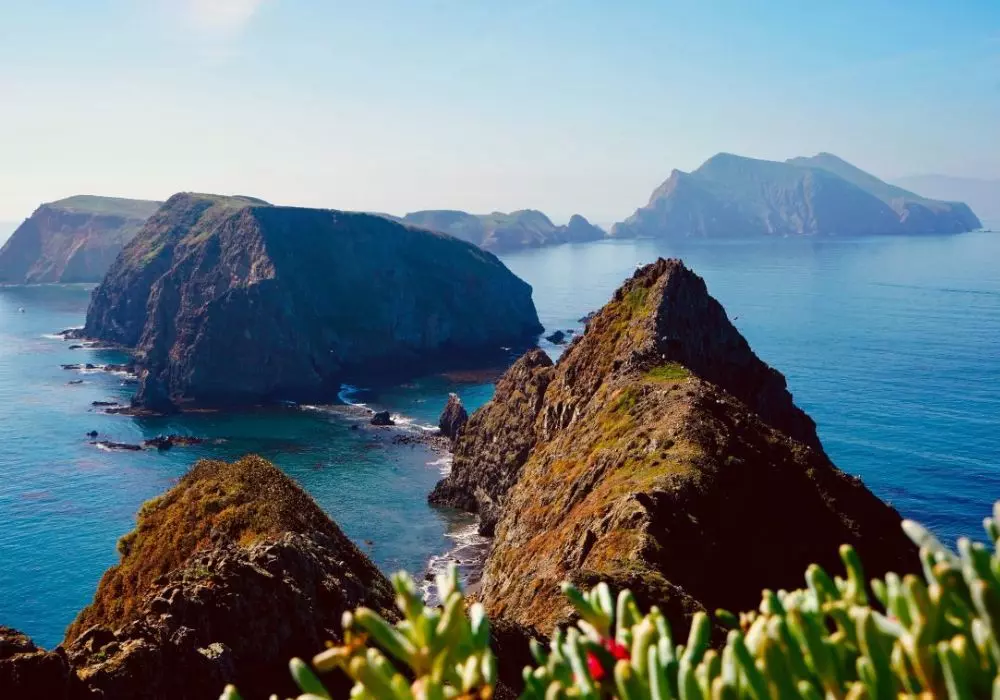

As a national park, Channel Islands is committed to protecting its unique ecosystems and biodiversity.
Conservation efforts are essential to preserving the fragile environments and ensuring the continued survival of endemic species.
Restoration Projects: Various restoration projects are underway to rehabilitate damaged habitats and remove invasive species.
Invasive plants threaten the native flora, and park staff work diligently to remove them and restore natural ecosystems.
Additionally, habitat restoration efforts are focused on areas impacted by past human activities, such as ranching and agriculture.
These initiatives aim to return the islands to their natural state and support the recovery of native plant and animal populations.
California Channel Islands Marine Protected Areas: The waters surrounding Channel Islands National Park are part of a network of marine protected areas designed to conserve marine ecosystems and promote sustainable fishing practices.
These protections help maintain the health of marine habitats and ensure the survival of diverse species.
The Channel Islands National Marine Sanctuary collaborates with the national park to monitor and protect marine resources.
This partnership enhances conservation efforts and ensures the continued protection of these vital ecosystems.
Public Education and Outreach: Education plays a crucial role in the park’s conservation efforts.
Channel Islands National Park offers a variety of educational programs and interpretive exhibits to raise awareness about the importance of preserving natural habitats and protecting wildlife.
Visitors can participate in ranger-led programs, guided hikes, and workshops that focus on the park’s unique ecosystems and cultural history.
By engaging the public in conservation efforts, the park fosters a sense of stewardship and encourages responsible outdoor practices.
Visiting Channel Islands National Park
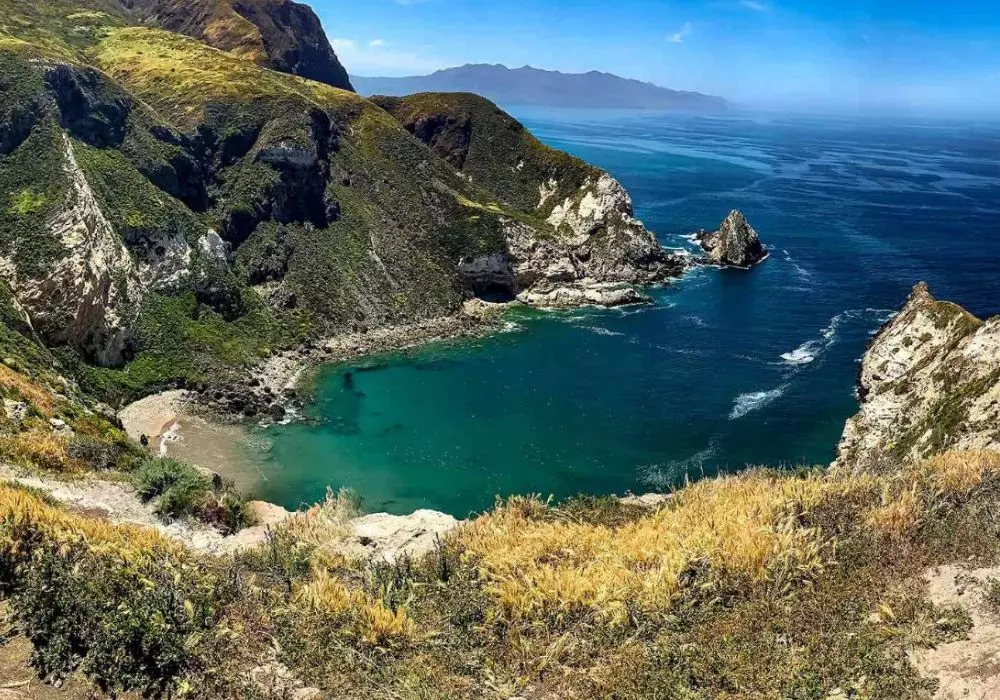

Channel Islands National Park is accessible only by boat or plane, making it a unique destination for adventurers seeking a remote experience.
The park’s isolation adds to its charm and offers visitors a chance to disconnect from the hustle and bustle of everyday life.
Getting There: Several ferry services operate from Ventura and Oxnard to the islands, with multiple departures throughout the day.
Visitors can choose from day trips or overnight excursions, depending on their preferences.
Additionally, air taxis offer flights to the islands, providing a different perspective on the stunning landscapes.
Visitor Centers: The park features a visitor center located in Ventura, where guests can learn about the park’s history, geology, and ecosystems.
The visitor center provides maps, brochures, and information on current conditions and available activities.
Park rangers are available to answer questions and offer recommendations for exploring the islands.
Safety Considerations
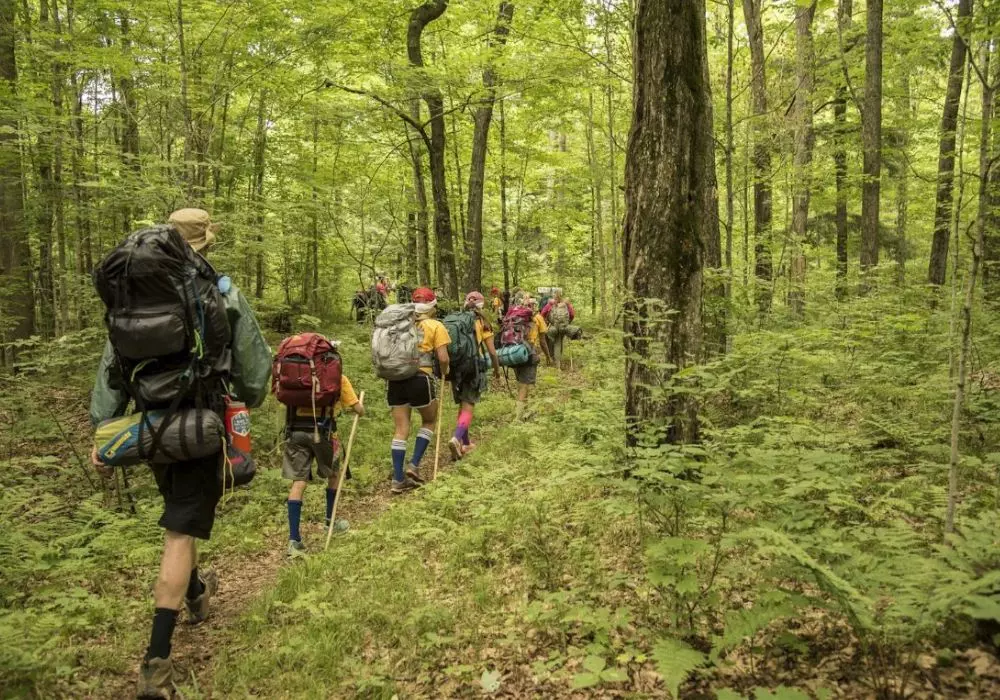

When visiting Channel Islands National Park, safety should always be a priority.
Visitors should be prepared for changing weather conditions and pack appropriate clothing, food, and water for their excursions.
Understanding park regulations, including wildlife protection guidelines and Leave No Trace principles, is essential for ensuring a safe and enjoyable experience.
Visitors should also be aware of potential hazards, such as strong currents while kayaking or hiking near cliffs.
Accessibility: While some areas of Channel Islands National Park may be accessible to individuals with disabilities, the rugged terrain and limited infrastructure can pose challenges.
Visitors should contact park staff for specific information on accessibility options and available accommodations.
A Call to Explore
If you’re planning a trip to Southern California, don’t miss the opportunity to experience Channel Islands National Park.
Its breathtaking landscapes, vibrant ecosystems, and rich history await you. As you explore the islands, take the time to appreciate the beauty of nature and the importance of conservation.
Embrace the wonders of Channel Islands National Park, and allow its serene beauty to inspire and rejuvenate your spirit.
The park’s allure will capture your heart and leave you yearning for more, inviting you to return and discover its hidden treasures time and again.
Conclusion
Channel Islands National Park is a remarkable destination that showcases the natural beauty and cultural heritage of California’s coastal environment.
With its stunning landscapes, unique ecosystems, and diverse recreational opportunities, the park offers a memorable experience for visitors of all ages.
From exploring the rugged cliffs and pristine beaches to immersing oneself in the rich history of the islands, Channel Islands National Park invites exploration and discovery.
Through ongoing conservation efforts and a commitment to education, the park ensures that its natural and cultural resources are preserved for generations to come.
Whether you are a hiker, kayaker, birdwatcher, or simply someone seeking solace in nature,
Channel Islands National Park offers an enchanting escape into the wild.
As you venture into this pristine environment, you’ll discover the magic of the islands and the profound connection between nature and humanity.
